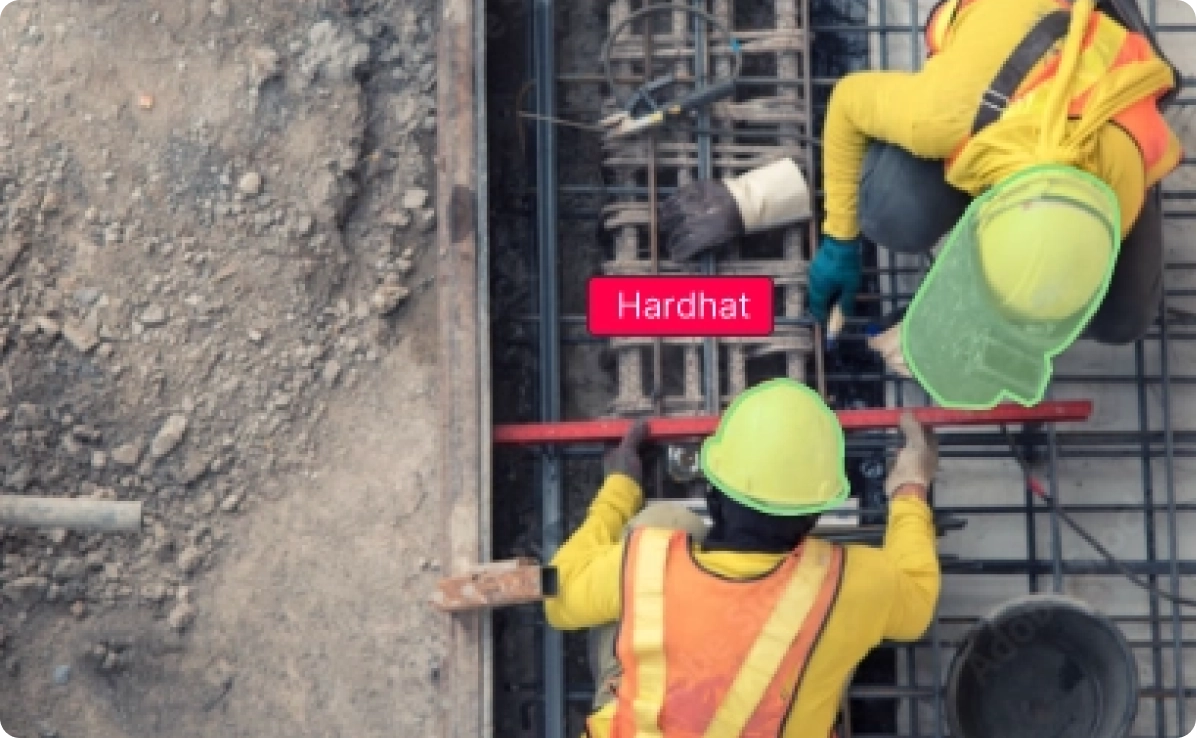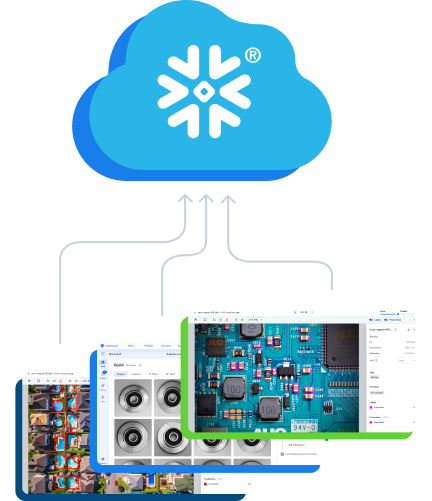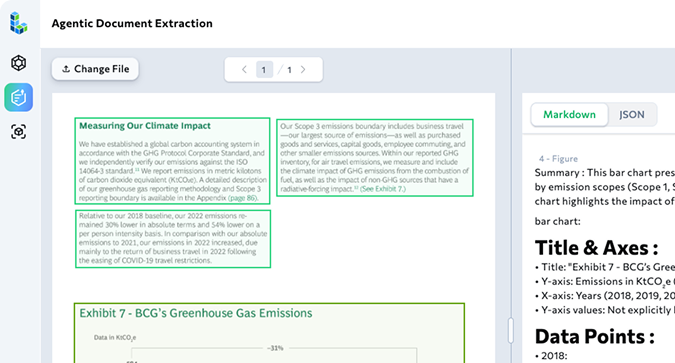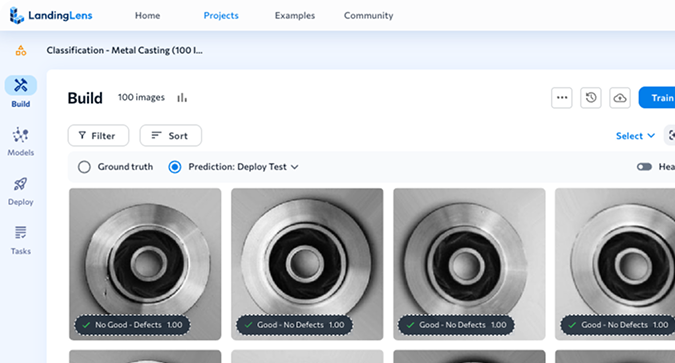
Applications for Machine Learning in Infrastructure Management
LandingLens makes it easy to build and scale computer vision systems to transform visual data from cameras and other IoT devices into usable, actionable data. Computer vision in infrastructure management empowers urban planners, construction firms, and government agencies to process huge volumes of images, extract key information, and drive better decision-making with reliable, real-time data.
LandingLens Benefits for Computer
Vision and AI in Infrastructure
Vision and AI in Infrastructure
Achieve New Levels of Productivity
- Using computer vision and machine learning in infrastructure monitoring, businesses and government agencies can better leverage their investment in visual data while streamlining their own processes and freeing human talent for higher-level work.
- LandingLens removes the limitations of conventional monitoring systems – picking up subtle cues that humans might otherwise miss, remaining fully focused and on task for as long as the job requires, and seamlessly keeping pace with rising data volumes.
Enable Smart Cities and Infrastructure
- AI-powered computer vision can become the eyes of the smart city, streamlining the processing and analysis of large amounts of complex visual information. The LandingLens AI-powered platform can enable distributed sensing systems that deliver actionable data from a rapidly increasing torrent of input streams.
- With LandingLens’ AI solutions for infrastructure monitoring, it is possible to monitor rooftops, cable ducts, rail lines, roadways, buildings on a continuous basis, delivering the performance, efficiency, and scalability required to manage the infrastructure and resources of a smart city.


